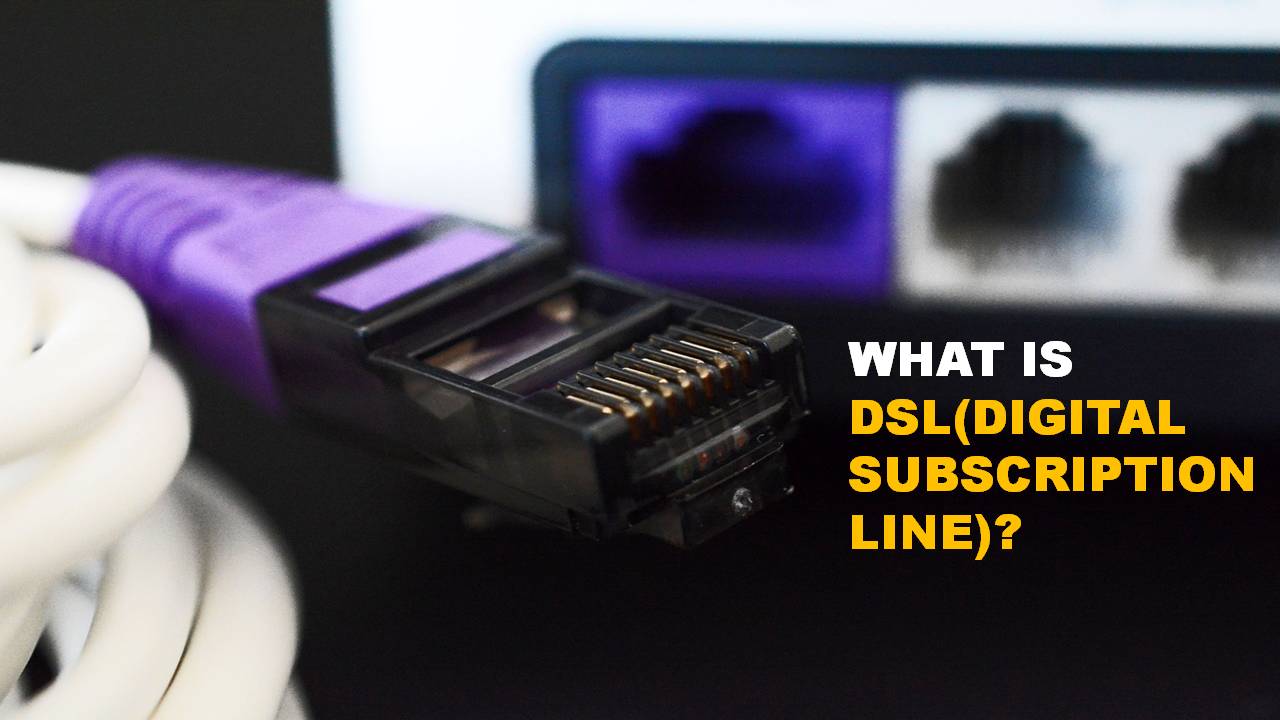Definition DSL (Digital Subscription Line)
The acronym DSL stands for Digital Subscriber Line. DSL is a way to connect to the Internet and transmit data through regular telephone lines. However, just like a cable modem, a Digital Subscriber Line circuit is much faster than a normal telephone connection, even though the cables it uses are copper like a telephone line.
DSL speed is based on the distance between the customer and the central telephone office.
Features:
There are two main categories of Digital Subscriber Line:
Asymmetric DSL (ADSL) is used to access the Internet, where it is required more quickly to download (download) than to upload (upload) information.
Symmetric Digital Subscriber Line (SDSL, HDSL) is designed for connections that require high speed in both directions.
In this way, two independent channels can be distinguished on our telephone line:
– A high-speed channel (reception and sending of data).
– A channel for normal voice/fax communication (basic telephone service).
The two communication channels are separated between them at the subscriber’s home using micro-filters that avoid cuts or interference’s between both channels.
Its main advantages are:
– “always on” feature: once the PC is connected, the Internet connection is available, without the need for the user to establish a connection call manually (avoid waiting for a modem connection).
– Talking and navigating simultaneously, you will not remain incommunicado while you browse.
– High data transmission speed: from 1050Kb to 10000 Kbps. Compared to a conventional modems connection (56Kb).
DSL vs. Cable:
Similar to the Digital Subscriber Line service in which you use the telephone lines without interrupting the voice transmission, cable Internet shares the same signal that the cable television service transmits on your television without interrupting the retransmission of your favorite programs.
Unlike DSL, the transmission speed of the cable does not depend on the distance. Digital Subscriber Line transmission speeds are almost always slower than those of cable Internet; however, DSL is almost always less expensive than cable.
Also Read: What is a Data Network – Definition and Uses
Related Articles:
What is Software-Defined Wide Area Network (SD-WAN or SDWAN)?

